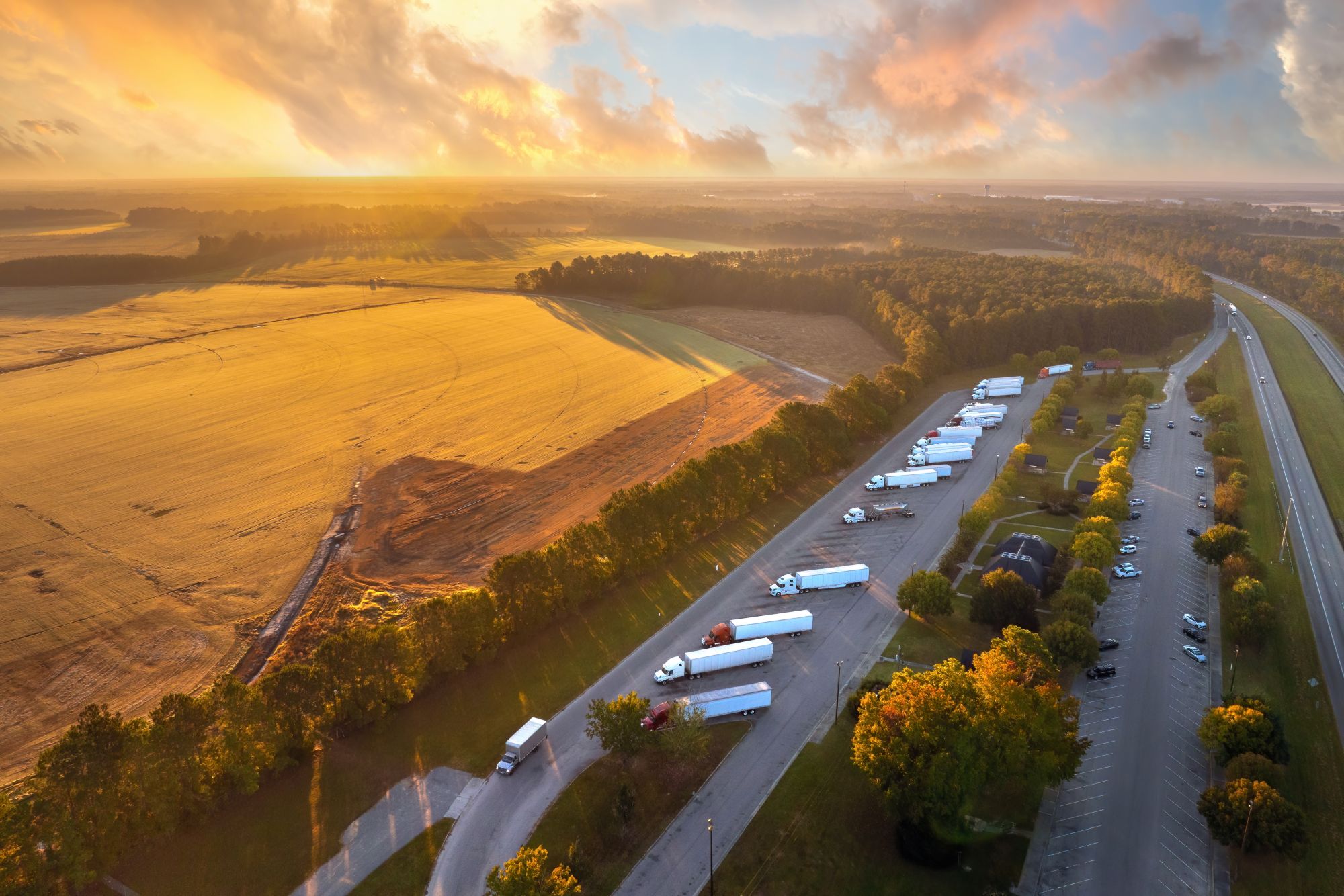
Miranda Blake
Como é que o sector da logística pode garantir a segurança e a comodidade dos condutores de camiões europeus
Criado: 08/01/2025
•
Atualizado: 08/01/2025
Através da implementação de novos regulamentos, da utilização de tecnologia e de um compromisso com o bem-estar dos condutores, o sector da logística pode trabalhar para um futuro mais seguro para os camionistas, promovendo simultaneamente a comodidade.
Mas, como é que tudo isto é posto em prática exatamente? Continue a ler para descobrir...
Sensibilização para as auto-estradas perigosas da Europa
Anteriormente, realizámos [uma investigação] (https://snapacc.com/hazardous-highways/) que revelou as estradas mais perigosas da Europa, identificando países como a Bulgária e a Chéquia como tendo a média mais elevada de mortes por cada 10.000 milhas de rede rodoviária.
Esta análise é crucial para compreender onde os riscos são maiores e realça a necessidade de intervenções direcionadas para melhorar a segurança. Munidos destas informações cruciais, os condutores podem preparar-se melhor para as suas viagens, bem como fazer escolhas informadas sobre os seus percursos e paragens para descanso.
O papel da tecnologia no reforço da segurança
A informação obtida através de inovações como sistemas de navegação GPS, actualizações de tráfego em tempo real e sistemas avançados de assistência ao condutor (ADAS) é também crucial. Estes avanços tecnológicos não só fornecem dados essenciais sobre as condições da estrada, como também ajudam os camionistas a tomar decisões informadas sobre as suas viagens. Por exemplo, os sistemas GPS podem sugerir caminhos alternativos que evitam potenciais áreas de perigo, enquanto as actualizações de tráfego podem dar alertas sobre atrasos ou acidentes. Consequentemente, os condutores estão mais aptos a [otimizar as suas viagens] (https://snapacc.com/newsroom/route-optimisation-with-fleet-management-software-snap-account/).
Além disso, aplicações como [intruck] (https://intruckapp.com/download/) dão-lhes acesso a informações pormenorizadas sobre paragens de camiões em toda a Europa, assegurando que podem encontrar locais adequados para descansar - isto é particularmente benéfico para quem viaja longas distâncias e precisa de fazer pausas regulares para cumprir a legislação, combater a fadiga e manter a concentração.
A importância do descanso de qualidade
Nos anos anteriores, muitos motoristas não tinham outra opção senão passar os períodos de pausa nos seus táxis devido à falta de alojamento acessível e a preços comportáveis, o que resultava frequentemente num descanso de má qualidade, que pode ter efeitos prejudiciais para a sua saúde e segurança.
Tem sido dada uma ênfase muito maior ao facto de os camionistas terem a possibilidade de descansar num alojamento adequado. As empresas de transportes têm de assumir a responsabilidade de organizar estadias em hotéis ou de utilizar instalações de descanso específicas. Embora isto possa implicar custos adicionais, representa uma oportunidade para investir no bem-estar da força de trabalho, conduzindo, em última análise, a níveis mais elevados de satisfação e retenção no trabalho.
Implementação de soluções de alojamento
Para cumprir os regulamentos, reduzir os riscos associados à fadiga e melhorar a segurança geral dos seus condutores, os operadores de frotas podem considerar as seguintes abordagens:
O estabelecimento de parcerias com hotéis locais ou instalações de paragem de descanso** pode garantir que os condutores têm acesso a um local confortável para relaxar
O recurso a aplicações e plataformas online** pode ajudar os camionistas a localizar locais próximos para ficar, simplificando o processo e melhorando a eficiência geral

Como o SNAP apoia os camionistas
O SNAP é um fator de mudança para os profissionais do sector, oferecendo soluções digitais que dão prioridade à segurança e à conveniência. As empresas de frotas e os camionistas têm agora acesso a uma rede de serviços em expansão, concebida para tornar as viagens mais fáceis e seguras.
Conveniência digital
No centro das nossas ofertas está o nosso mercado digital, que simplifica vários aspectos:
● Pagamentos: Utilizado a cada 13 segundos em toda a Europa para pagar os serviços das paragens de descanso, o SNAP elimina a necessidade de os camionistas gastarem do seu próprio bolso e reclamarem as despesas mais tarde.
Estacionamento: o intruck ajuda os condutores a localizar e pré-reservar lugares de estacionamento ao longo dos seus percursos, sendo que muitos deles possuem opções de segurança melhoradas para aumentar a segurança.
● Serviços optimizados: A nossa plataforma permite que os camionistas paguem por estacionamento, lavagens e outros serviços utilizando apenas o número da matrícula do seu veículo.
Segurança em primeiro lugar
Esta continua a ser uma prioridade máxima para nós. Recentemente [expandimos a nossa rede] (https://snapacc.com/newsroom/snaps-network-is-expanding-what-new-countries-are-we-available-in/) para incluir locais na Áustria, Bulgária, República Checa, Grécia, Hungria, Itália e Roménia. Muitos deles têm infra-estruturas de segurança melhoradas, respondendo à necessidade crítica de estacionamento noturno seguro.
Além disso, dispomos de uma divisão dedicada, [SNAP Access & Security] (https://snapaccessandsecurity.com/), para fornecer soluções personalizadas que protegem as instalações contra ameaças de crimes contra a carga, aumentando a segurança geral dos condutores e da carga.
Olhando para o futuro com o SNAP
Os camionistas estão extremamente satisfeitos com as nossas soluções. De facto, 80% dos condutores com quem falámos em eventos no Reino Unido preferiram o SNAP a outros métodos de pagamento, e 74% dos camionistas europeus expressaram o desejo de ver mais parceiros de serviços juntarem-se à nossa rede.
E como estamos continuamente a crescer e a desenvolver a nossa rede e soluções, os condutores de camiões europeus podem esperar mais opções que resultem em maior segurança, conveniência e eficiência na estrada. Ao abordar as principais preocupações, como o estacionamento seguro e os pagamentos simplificados, estamos a preparar o caminho para uma indústria de camionagem mais conectada e solidária em toda a Europa.
Para saber mais sobre o SNAP, entre em contacto com a nossa simpática equipa através do número +44 (0)1603 777242.



